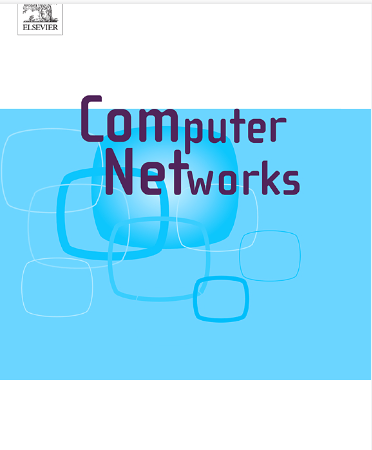Ensuring trustworthy and secure IoT: Fundamentals, threats, solutions, and future hotspots
IF 4.4
2区 计算机科学
Q1 COMPUTER SCIENCE, HARDWARE & ARCHITECTURE
引用次数: 0
Abstract
The Internet of Things (IoT) allows terminals to access the network freely, which leads to the complexity of authentication and heterogeneous access. Although traditional security mechanisms can effectively prevent external attacks, once a malicious attacker enters the network by forging identity or bypassing authentication, these mechanisms lose effectiveness. Consequently, internal IoT security, including critical attributes such as security, privacy, and trust, has emerged as a research hotspot. The trust mechanism can identify malicious nodes and predict their reliability in future data collection and transmission through numerical analysis of inherent attributes and historical behaviors. However, there is a scarcity of comprehensive reviews summarizing IoT security from a trust perspective. Therefore, this paper reviews representative works on IoT security and trust in recent years from aspects of threats, defenses, and challenges. First, we introduce the fundamentals of IoT system, analyze existing security threats from three levels: architecture, function and equipment, and summarize common malicious attacks as well as their manifestations, causes, and harms. Then, several representative security mechanisms are introduced, including authentication, access control, intrusion detection, secure routing, encryption and key management, and compare their technical principles and superiority. Next, trust mechanism is introduced to ensure internal security, and specialized malicious attacks against the trust model, typical approaches and existing problems are presented. Finally, we discuss the feasible ways to address IoT security issues and list research hotspots in the future.
求助全文
约1分钟内获得全文
求助全文
来源期刊

Computer Networks
工程技术-电信学
CiteScore
10.80
自引率
3.60%
发文量
434
审稿时长
8.6 months
期刊介绍:
Computer Networks is an international, archival journal providing a publication vehicle for complete coverage of all topics of interest to those involved in the computer communications networking area. The audience includes researchers, managers and operators of networks as well as designers and implementors. The Editorial Board will consider any material for publication that is of interest to those groups.
 求助内容:
求助内容: 应助结果提醒方式:
应助结果提醒方式:


